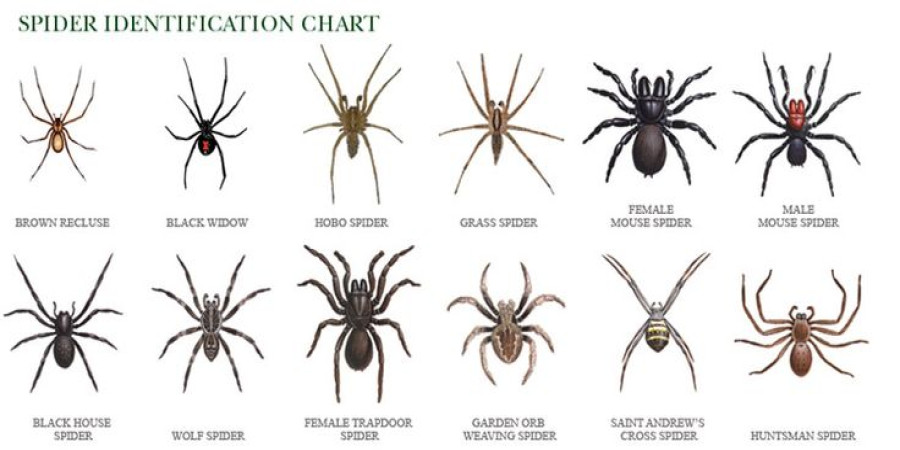

Often Confused: Brown Recluse vs. Wolf Spider
In the world of creepy crawlies, few spiders spark more fear and loathing than the brown recluse and the wolf spider. Both brown and often found scuttling around at night, these arachnids can be mistaken for one another. However, they have distinct characteristics and temperaments. This blog post delves into what sets these two spiders apart, helping you identify them and understand the risks associated with each.
The Brown Recluse: A Shy but Potentially Dangerous Dweller
- Appearance: The brown recluse, also known as the fiddleback spider due to a dark violin-shaped marking on its back, is a small spider, typically measuring around ½ inch in body length. It has six eyes arranged in a unique non-symmetrical pattern.
- Habitat: Brown Recluses prefer dark, secluded areas and are commonly found in undisturbed attics, basements, and behind furniture.
- Behavior: These spiders are shy and reclusive, and bites typically occur only when they feel threatened or trapped against skin.
- Bite: While not inherently aggressive, the brown recluse's venom can cause serious health problems, including tissue necrosis (tissue death) around the bite wound.
The Wolf Spider: A Hunter on the Prowl
- Appearance: Wolf spiders are larger than brown recluses, with some species reaching over an inch in body length. They have eight eyes, with two prominent mid-sized eyes in the front row. Their coloration can vary from brown and gray to black, and they lack any distinctive markings like the violin on the recluse.
- Habitat: Wolf spiders are more versatile and can be found outdoors in gardens, under rocks and leaves, or even inside homes, particularly near basements or crawlspaces where prey may be abundant.
- Behavior: Unlike recluses, wolf spiders are active hunters and will readily chase down their prey. However, they are not aggressive towards humans and will typically bite only if provoked.
- Bite: A wolf spider bite can be painful and cause localized swelling, but it is rarely dangerous to humans.
Key Differences for Easy Identification
Here's a quick reference table to help you distinguish between brown recluses and wolf spiders:
What to Do If You Encounter These Spiders
The best approach to both brown recluses and wolf spiders is prevention. Regularly declutter areas where they might hide, and seal cracks or gaps around windows and doors. If you see a spider and are unsure of its species, it's best to call a pest control professional for identification and removal.
References
- American Pest Control: https://citybugs.tamu.edu/factsheets/biting-stinging/others/ent-3003/
- Orkin: https://www.orkin.com/pests/spiders/brown-recluse-spiders
- The Spruce Pets: https://kapturepest.com/brown-recluse-wolf-spider/
Remember: Knowledge is power! By understanding the differences between brown recluses and wolf spiders, you can take informed steps to keep your home safe from these unwelcome guests.
Popular articles

Apr 11, 2024 07:40 PM

May 25, 2024 08:09 PM

Apr 11, 2024 07:22 PM

Apr 10, 2024 07:59 PM

Mar 14, 2024 07:53 PM

Comments (0)